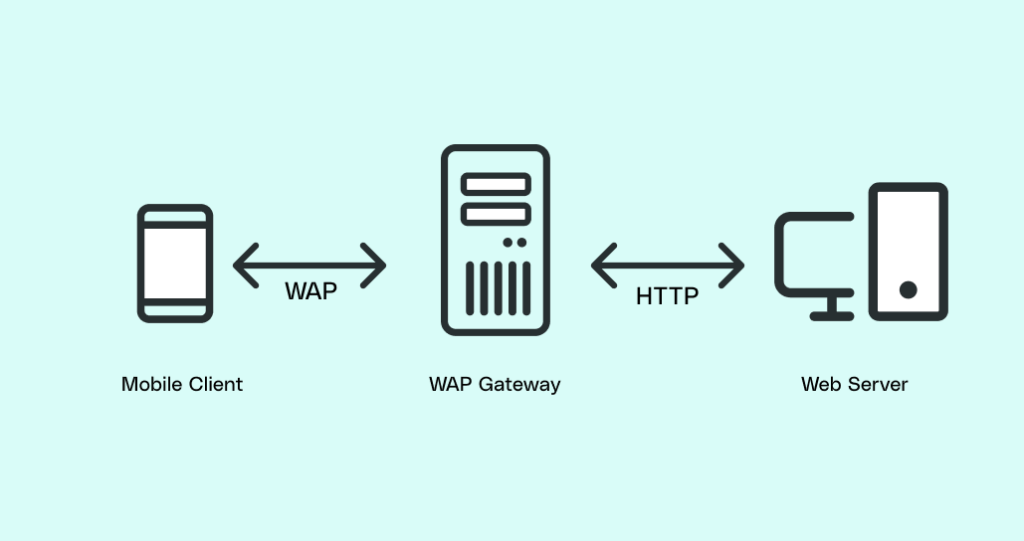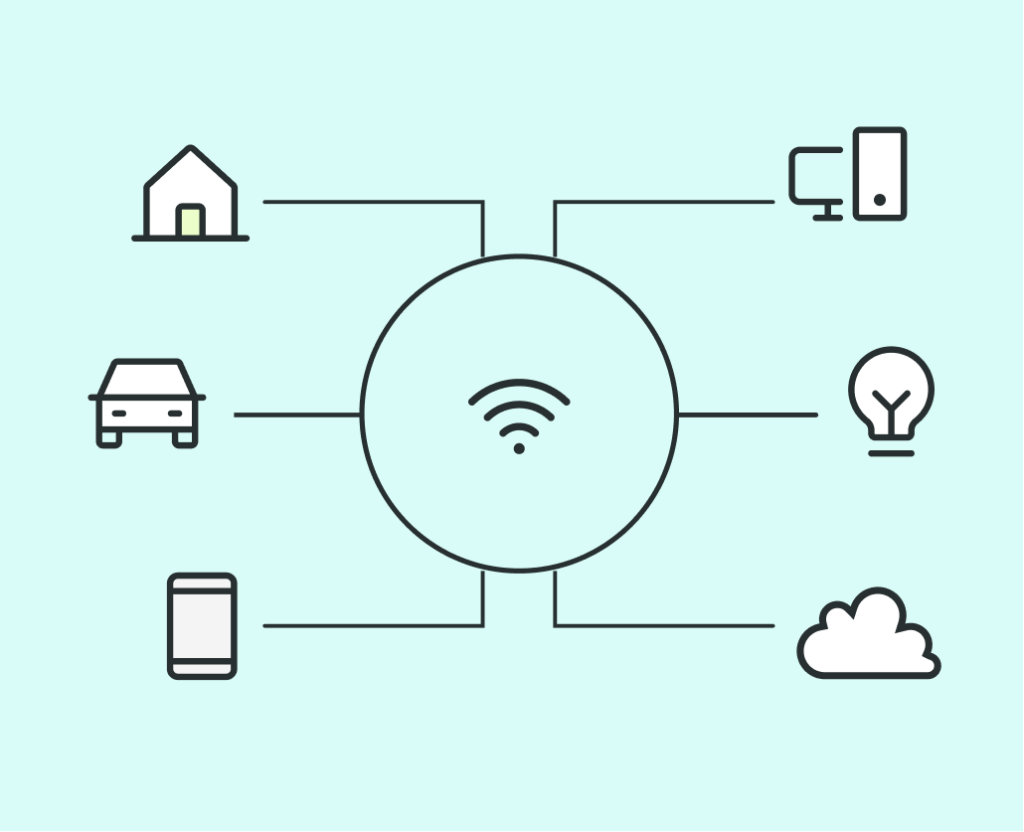BLOG
The Evolution of Over-the-Air Firmware Updates: A Detailed Retrospective
At Very, we talk a lot about the exciting IoT developments happening around us in real time. But as much as we like to stay current, we also believe that learning about the past is crucial to our understanding of the technologies we use today. So, we’d like to dive into the history of over-the-air (OTA) firmware updates in this blog post.
OTA firmware updates work quietly behind the scenes to wirelessly deliver new firmware to mobile devices, ensuring those devices stay current, secure, and optimized. In this article, we’ll explore the origins, milestones, and prospects of this important IoT component.
Wireless Application Protocol (WAP): Where Over-the-Air Firmware Updates Began
Firmware updates began in the late 1990s with the introduction of Wireless Application Protocol (WAP). Developed by the WAP Forum, WAP provided a standardized framework for data transfer over mobile networks, laying the groundwork for modern mobile internet. In 1999, the Nokia 7110 became the first mobile phone to implement WAP, enabling users to access basic internet services on the go. Though primarily used for browsing, WAP allowed for rudimentary OTA updates for mobile devices, setting the stage for later advancements.

iOS and Android Smartphones Enter The Scene
The release of the first iPhone in 2007 marked a watershed moment for mobile technology. Not only was the product revolutionary in itself, but Apple’s iOS operating system introduced the capability for users to receive OTA firmware updates, streamlining software upgrades and security patches without much intervention. The introduction of OTA updates on iOS 5 in 2011 eliminated the need for wired connections to perform updates altogether, truly transforming the user experience.
Not to be outdone, Google’s Android platform also embraced OTA updates. Starting with Android 1.5 Cupcake in 2009, Android devices began receiving OTA firmware updates, ensuring that users had access to the latest features, improvements, and security fixes. This competitive landscape led to rapid advancements in OTA technology across the industry.
The Internet of Things (IoT) and Connected Devices
The early 2010s were characterized by the rise of IoT and connected devices. Smart thermostats like Nest (launched in 2011), security systems, wearables, and other IoT devices flooded the market, all of which required secure, efficient OTA updates. The ability to update firmware without user intervention became a crucial aspect of product functionality and user experience.
In 2013, Tesla introduced OTA updates for its electric vehicles. This innovation allowed Tesla to continuously improve vehicle performance, add new features, and address potential issues, setting a new standard for the industry and paving the way for broader adoption in the automotive sector.

Addressing Security Concerns and Establishing Industry Standards
With the growing dependence on connected devices and OTA updates, security became an increasingly pressing concern. The rise of cyber threats and vulnerabilities made it clear: robust security measures were essential to protect devices and networks.
Industry standards emerged to address these challenges. For instance, the Automotive Grade Linux (AGL) project, founded in 2012, provided an open-source platform and guidelines for secure OTA updates in the automotive industry. Similarly, the Uptane framework, launched in 2016, offered a comprehensive approach to securing software updates for connected vehicles.
The Next Frontier: AI-Powered OTA Updates
The rapid acceleration of artificial intelligence and machine learning technologies signals AI-powered OTA updates are in our future. The convergence of AI and OTA technology could enable more efficient, secure, and customized updates, capable of predicting device behavior and optimizing performance on an individual basis.
In 2020, IBM introduced its AI-driven CodeFlare framework, designed to simplify the integration and scaling of AI and machine learning workloads in hybrid cloud environments. This development hinted at the future possibilities of AI-enhanced OTA updates, promising to fuel the next wave of innovation in the field.
The Future of Over-the-Air Firmware Technology
From the early days of WAP to the AI-powered updates on the horizon, OTA technology has played a critical role in keeping our devices up-to-date and secure. As engineering managers and VPs, it’s crucial to stay informed about the latest trends and advancements in this ever-evolving landscape, ensuring that our products and services remain cutting-edge, reliable, and secure.
As we continue to witness the rapid growth and integration of connected devices into our daily lives, efficient and secure over-the-air firmware updates should stay top of mind. By staying ahead of these technological milestones and harnessing the potential of emerging innovations like AI, we can shape a future where devices are smarter, safer, and more responsive to our needs.









